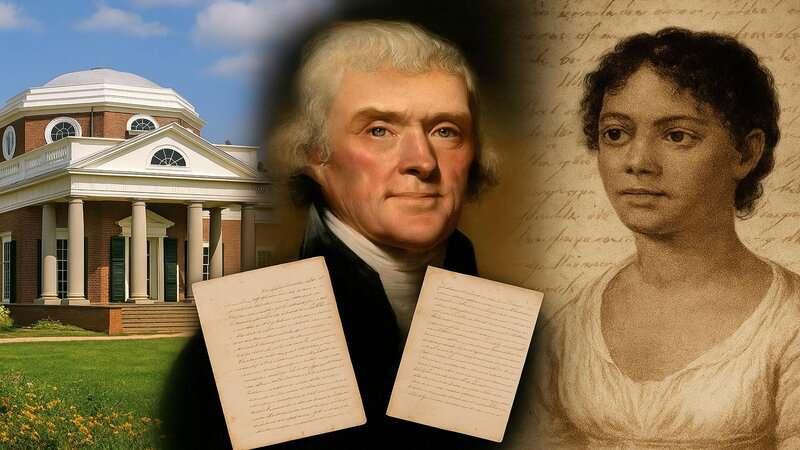3. Madison Hemings’ Firsthand Memoir

In 1873, Madison Hemings—youngest surviving son of Sally Hemings—gave a detailed interview to the Pike County Republican. His memoir, later preserved by the Thomas Jefferson Foundation at Monticello, recounts how his mother first joined Jefferson in Paris and returned to Monticello as an intimate member of his household. Madison’s narrative describes personal conversations, Jefferson’s promises and the family dynamics at the estate. This firsthand account offers a powerful, intimate family perspective that bolsters documentary and scientific evidence. Source: Monticello—Madison Hemings
















